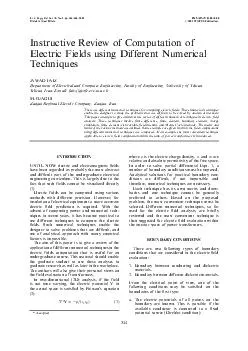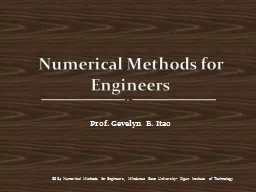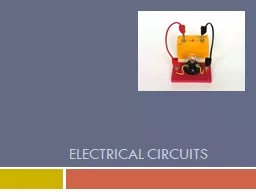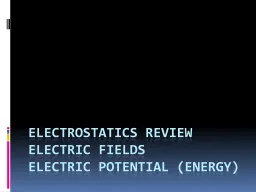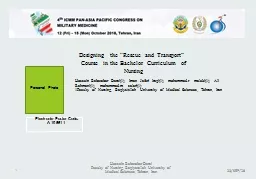PDF-Instructive Review of Computation of Electric Fields using Different Numerical Techniques
Author : calandra-battersby | Published Date : 2014-12-18
Email faizjsofeeceutacir M OJAGHI Zanjan Regional Electric Company Zanjan Iran There are different numerical techniques for computing electric fields These numerical
Presentation Embed Code
Download Presentation
Download Presentation The PPT/PDF document "Instructive Review of Computation of Ele..." is the property of its rightful owner. Permission is granted to download and print the materials on this website for personal, non-commercial use only, and to display it on your personal computer provided you do not modify the materials and that you retain all copyright notices contained in the materials. By downloading content from our website, you accept the terms of this agreement.
Instructive Review of Computation of Electric Fields using Different Numerical Techniques: Transcript
Download Rules Of Document
"Instructive Review of Computation of Electric Fields using Different Numerical Techniques"The content belongs to its owner. You may download and print it for personal use, without modification, and keep all copyright notices. By downloading, you agree to these terms.
Related Documents

